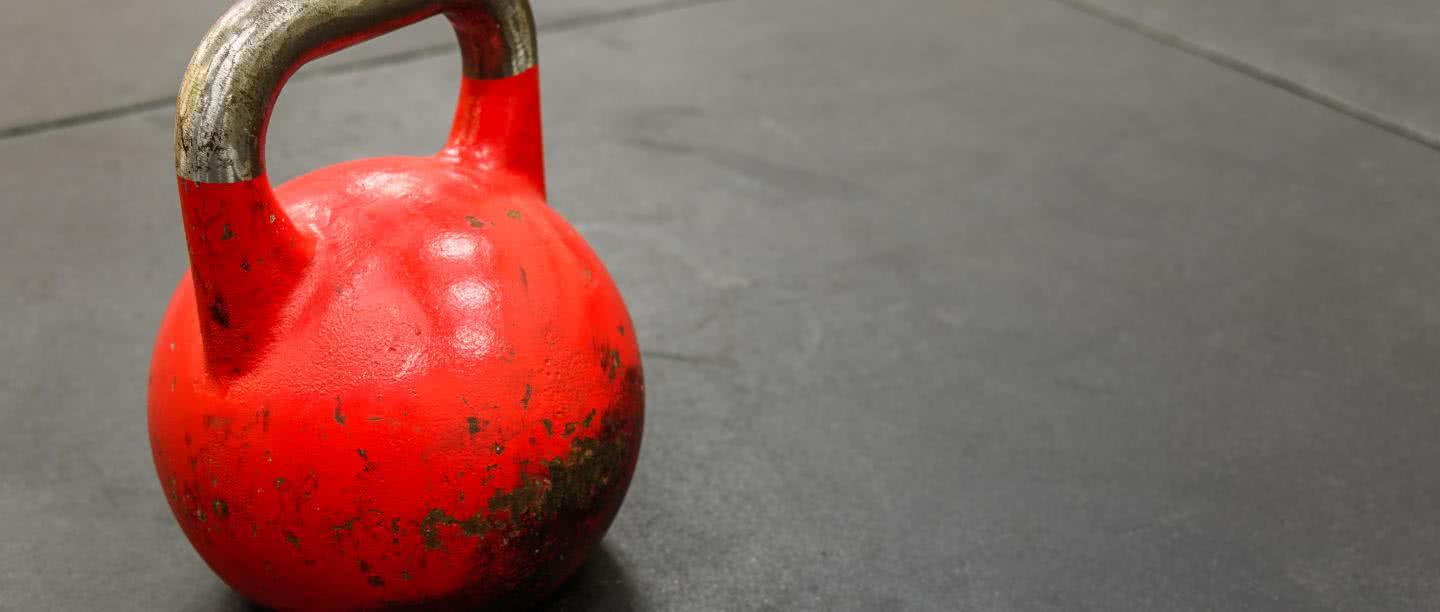This Australian earnings season gives us an insider’s view of the health of the different sectors in which our portfolio holdings operate.
This is even more important this time around, given macroeconomic statistics are giving contradictory indications. Business confidence indicators are at their highest levels in three to five years. At the same time consumer confidence levels are at their lowest levels in three to five years.
The business side of the economy has turned the corner. However, if looked at in aggregate the consumer side seems diametrically opposed. Apart from the May retail numbers, the general environment is providing retailers with no tailwind and right at the moment it is clear that retailers are not looking forward to a brighter future. I am sure that Oroton would have kept Gap open if they felt better times were coming.
Rather than relying on the macro indicators, we look at the business mentality in and around our holdings and where the pricing anomalies may be now and in the future. We run a highly concentrated portfolio – 15 – 25 companies – which is significantly different to the index and more traditional Australian equity funds, so rather than taking a broad brush analysis and reacting to 6 months of numbers we look at more important, albeit slower moving, trends that if understood will tend to add more value over time.
In this earnings season we will be watching three major areas:
The words: What are management saying about the outlook? Where are they looking for better results in the future? How definitive are they being in their language or are they using hard to quantify phrases? If they are not looking to increase their capex things are not that bullish.
The capital expenditure actions: It's not so much what the numbers are for this year, it's what the business mentality is around the outlook, their resultant capital expenditure plans and how those capex plans are being structured/ apportioned.
Where are they seeing growth: What is slow? How are the connections that traditionally operate holding up? An example: You would think the building materials guys should be bullish on the capex side of things due to the infrastructure boom and a big pipeline of construction coming through. How does that translate into other sectors, someone like a Harvey Norman?
Another example: What changes are we seeing from the sharp increase in iron ore prices among resources companies (ore prices rose 20% in July alone)? What about resource service providers? Are they reacting by increasing their capital expenditure?
The cost control actions: Costs will tell you what they think wage inflation might be. If management is seeing wage growth which is yet to come through the macro indicators then that is a positive story for consumers and therefore retailers.
Unlike other years, their ongoing ‘debates’ with ASIC and APRA means the bank results will not give you a very clear picture about the economy.

